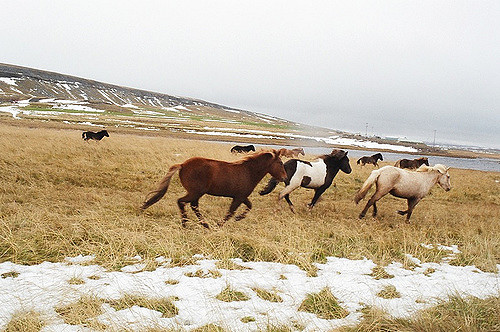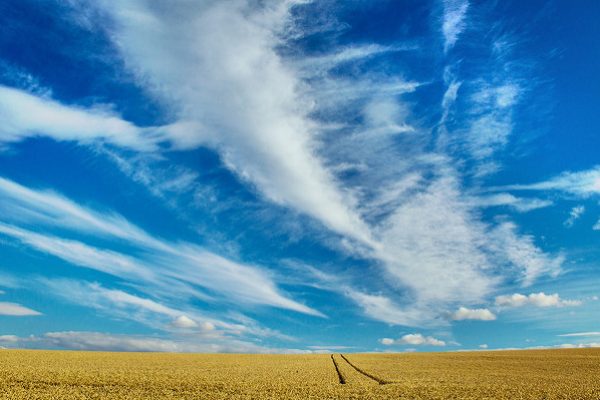Logistic Regression Tutorial for Machine Learning
Last Updated on August 12, 2019 Logistic regression is one of the most popular machine learning algorithms for binary classification. This is because it is a simple algorithm that performs very well on a wide range of problems. In this post you are going to discover the logistic regression algorithm for binary classification, step-by-step. After reading this post you will know: How to calculate the logistic function. How to learn the coefficients for a logistic regression model using stochastic gradient […]
Read more








